Standard
In the analysis work, it often demanded to apply high-quality compound with the exact content being accurate in order to be compared as the detection control or used to calibrate the instrument, the compound is known as standard sample.
Standard refers to the standard substance used for measuring the potency of biological products. When the production department submits to a higher authority for approval of the quality standard of the biological product, they should also provide the standard sample (indicated in unit (μ)) used for measuring the potency of the tested product.
According to different application, the verification products can be divided into biological standard for the testing of biological products, endocrine drugs, antibiotics and other bioassay and chemical standards including:
1 chemical standards used for calibration of the instrument;
2 chemical reference standards used for calibration of the ultraviolet or infrared spectrum of the drugs;
3 control standards used for the purity test of drugs as well as the impurity control or as the control standards for content determination of the medicine.
In the page 67 of the appendix in the People's Republic of China Pharmacopoeia 1990 1st edition, we can find hundreds kinds of standards including bornyl ester acetate, eugenol and panaxadiol as well as 39 kinds of control medicine for the purify inspection of traditional Chinese medicine, impurity control or the content determination.
International standards
This refers to standard sample, with the potency units of the existing international standard sample potency units as baseline, undergoing further calibration of its potency units on the basis of a wide range of international cooperation. Its potency is expressed in 1U. For a certain product, for the establishment of the first international standard sample, the determination of its potency units should be consulted and decided by the Committee of Experts before the announcement. The international standard is a standard reference substance for worldwide preparation of national standards, so that the international standards can achieve unity.
Reagents and standards
All reagents in the food analysis laboratories should be clearly labeled to indicate the following: 1 name; 2 the date of preparation; 3 Signature from the people in charge; 4 if necessary, we need to add content such as safety and validity and so on.
Most food analysis should use standard sample as reference for qualitative and quantitative determination. The standard sample should be classified according to the following classification methods: 1 international standard; 2 national standards; 3 internal standard; 4 other standards.
Receptacle for reference standards should be clearly affixed to the label, to indicate the following: 1 name; 2 standard document number; 3 Opening times; 4 Validity; 5 Signature.
In addition, the laboratory should keep all the necessary specific files for all the necessary reference standards.
Capacity analysis standard solution should also be strictly managed. It should be clearly posted on all the standard solution containers with labels to indicate: 1 name; 2 concentration; 3 formulation date; 4 No of formulated procedures; 5 storage conditions; 6 validity; 7 Signature from people in charge.
- Structure:

- Chemical Name:2-BUTYL-2-ETHYL-1,3-PROPANEDIOL
- CAS:115-84-4
- MF:C9H20O2
- Structure:
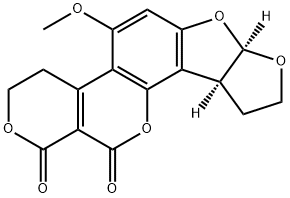
- Chemical Name:AFLATOXIN G2
- CAS:7241-98-7
- MF:C17H14O7
- Structure:
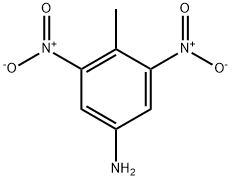
- Chemical Name:4-AMINO-2,6-DINITROTOLUENE
- CAS:19406-51-0
- MF:C7H7N3O4
- Structure:
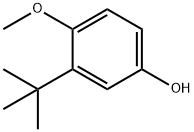
- Chemical Name:2-TERT-BUTYL-4-HYDROXYANISOLE
- CAS:88-32-4
- MF:C11H16O2
- Structure:
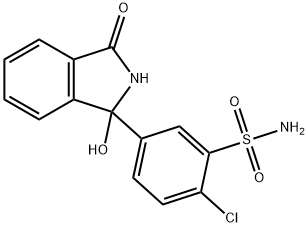
- Chemical Name:Chlortalidone
- CAS:77-36-1
- MF:C14H11ClN2O4S
- Structure:
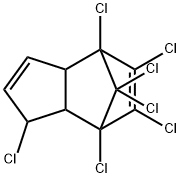
- Chemical Name:HEPTACHLOR
- CAS:76-44-8
- MF:C10H5Cl7
- Structure:
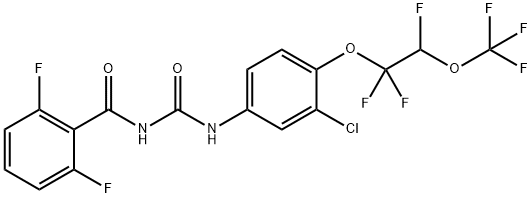
- Chemical Name:Novaluron
- CAS:116714-46-6
- MF:C17H9ClF8N2O4
- Structure:

- Chemical Name:N-NITROSOMORPHOLINE
- CAS:59-89-2
- MF:C4H8N2O2
- Structure:
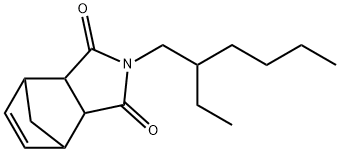
- Chemical Name:N-(2-Ethylhexyl)-5-norbornene-2,3-dicarboximide
- CAS:113-48-4
- MF:C17H25NO2
- Chemical Name:GLOBULINS, CAT GAMMA
- CAS:9007-83-4
- MF:
- Structure:

- Chemical Name:10E,12Z-octadecadienoic acid
- CAS:2420-56-6
- MF:C18H32O2
- Structure:
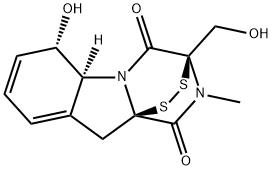
- Chemical Name:GLIOTOXIN
- CAS:67-99-2
- MF:C13H14N2O4S2
- Structure:
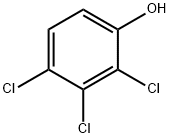
- Chemical Name:2,3,4-TRICHLOROPHENOL
- CAS:15950-66-0
- MF:C6H3Cl3O
- Structure:
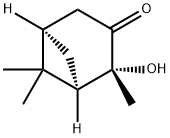
- Chemical Name:(1R,2R,5R)-(+)-2-Hydroxy-3-pinanone
- CAS:24047-72-1
- MF:C10H16O2
- Structure:
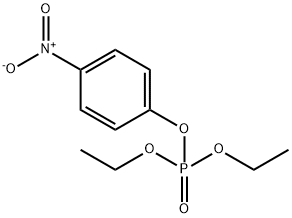
- Chemical Name:PARAOXON
- CAS:311-45-5
- MF:C10H14NO6P
- Structure:
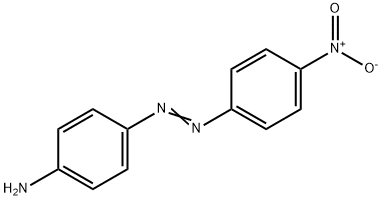
- Chemical Name:DISPERSE ORANGE 3
- CAS:730-40-5
- MF:C12H10N4O2
- Structure:

- Chemical Name:TERPIN MONOHYDRATE
- CAS:2451-01-6
- MF:C10H22O3
- Structure:

- Chemical Name:2,9-DIMETHYL-1,10-PHENANTHROLINE HEMIHYDRATE
- CAS:34302-69-7
- MF:C14H14N2O
- Structure:
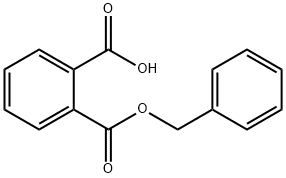
- Chemical Name:PHTHALIC ACID MONOBENZYL ESTER
- CAS:2528-16-7
- MF:C15H12O4
- Structure:
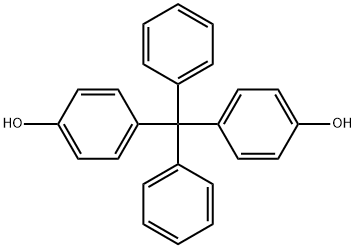
- Chemical Name:4,4'-Dihydroxytetraphenylmethane
- CAS:1844-01-5
- MF:C25H20O2
- Structure:

- Chemical Name:GRAM'S IODINE
- CAS:12298-68-9
- MF:I3K
- Structure:
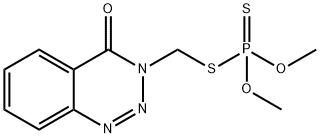
- Chemical Name:AZINPHOS-METHYL
- CAS:86-50-0
- MF:C10H12N3O3PS2
- Structure:
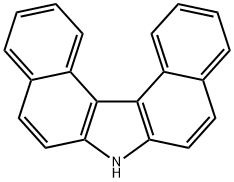
- Chemical Name:7H-DIBENZO[C,G]CARBAZOLE
- CAS:194-59-2
- MF:C20H13N
- Structure:
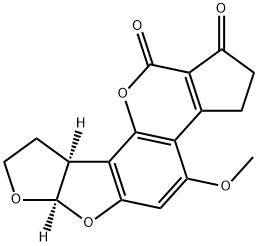
- Chemical Name:AFLATOXIN B2
- CAS:7220-81-7
- MF:C17H14O6
- Structure:

- Chemical Name:1-Isobutyl-4-piperidone
- CAS:72544-16-2
- MF:C9H17NO
- Structure:

- Chemical Name:Oxethazaine
- CAS:126-27-2
- MF:C28H41N3O3
- Structure:
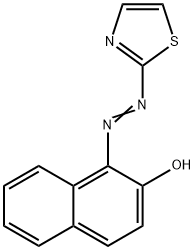
- Chemical Name:1-(2-THIAZOLYLAZO)-2-NAPHTHOL
- CAS:1147-56-4
- MF:C13H9N3OS
- Structure:
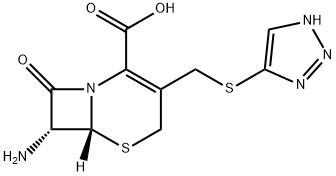
- Chemical Name:7-Amino-3-(1,2,3-triazol-4-ylthio)methyl cephalosporanic acid
- CAS:37539-03-0
- MF:C10H11N5O3S2
- Structure:

- Chemical Name:METHYL RICINOLEATE
- CAS:141-24-2
- MF:C19H36O3
- Structure:
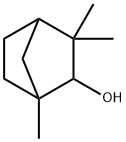
- Chemical Name:FENCHOL
- CAS:1632-73-1
- MF:C10H18O
- Structure:
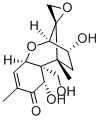
- Chemical Name:DEOXYNIVALENOL
- CAS:51481-10-8
- MF:C15H20O6
- Structure:

- Chemical Name:Nitrosobenzene
- CAS:586-96-9
- MF:C6H5NO
- Structure:

- Chemical Name:3-CARBAMYL-1-METHYLPYRIDINIUM CHLORIDE
- CAS:1005-24-9
- MF:C7H9ClN2O
- Structure:
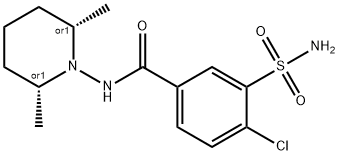
- Chemical Name:Clopamide
- CAS:636-54-4
- MF:C14H20ClN3O3S
- Structure:
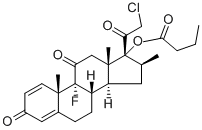
- Chemical Name:Clobetasone butyrate
- CAS:25122-57-0
- MF:C26H32ClFO5
- Structure:
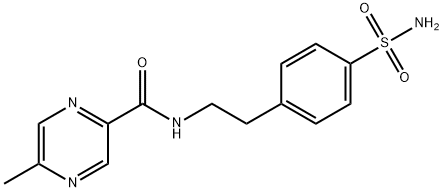
- Chemical Name:2-[4-Aminosulfonyl-phenyl]-ethyl-5-methylpyrazinecarboxamide
- CAS:33288-71-0
- MF:C14H16N4O3S
- Structure:
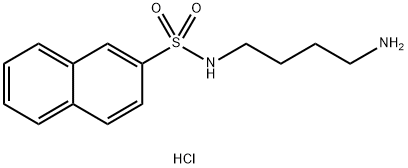
- Chemical Name:N-(4-AMINOBUTYL)-2-NAPHTHALENESULFONAMIDE HYDROCHLORIDE
- CAS:89108-46-3
- MF:C14H19ClN2O2S
- Structure:
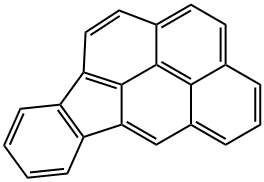
- Chemical Name:INDENO(1,2,3-C,D)PYRENE
- CAS:193-39-5
- MF:C22H12
- Structure:
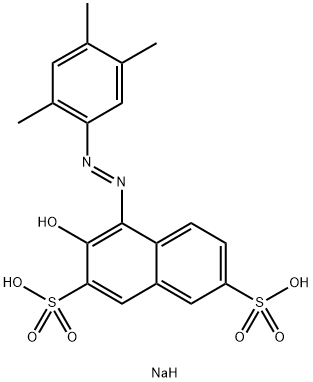
- Chemical Name:PONCEAU 3R
- CAS:3564-09-8
- MF:C19H19N2NaO7S2
- Structure:
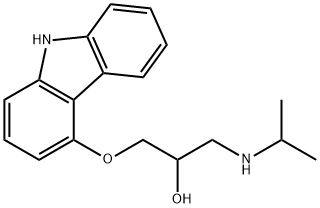
- Chemical Name:CARAZOLOL HCL
- CAS:57775-29-8
- MF:C18H22N2O2
- Structure:
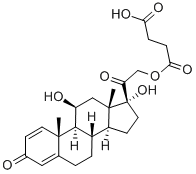
- Chemical Name:Prednisolone succinate
- CAS:2920-86-7
- MF:C25H32O8
- Structure:
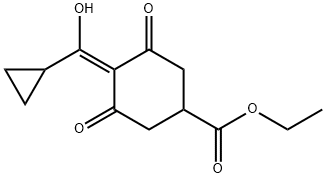
- Chemical Name:Trinexapac-ethyl
- CAS:95266-40-3
- MF:C13H16O5
- Structure:
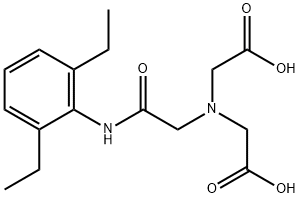
- Chemical Name:Etifenin
- CAS:63245-28-3
- MF:C16H22N2O5
- Structure:

- Chemical Name:MECOPROP
- CAS:7085-19-0
- MF:C10H11ClO3
- Structure:
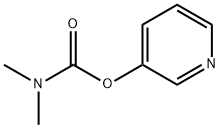
- Chemical Name:3-Pyridyl dimethylcarbamate
- CAS:51581-32-9
- MF:C8H10N2O2
- Structure:
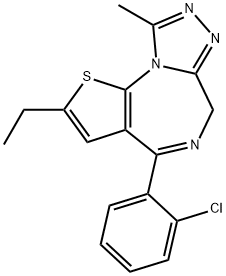
- Chemical Name:ETIZOLAM
- CAS:40054-69-1
- MF:C17H15ClN4S
- Structure:
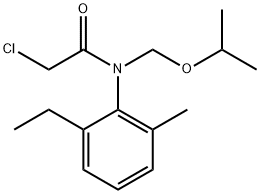
- Chemical Name:Propisochlor
- CAS:86763-47-5
- MF:C15H22ClNO2
- Structure:
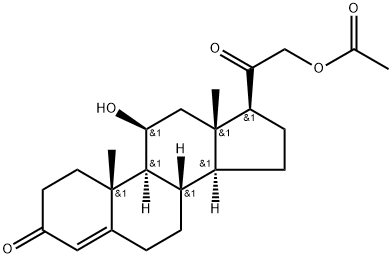
- Chemical Name:CORTICOSTERONE 21-ACETATE
- CAS:1173-26-8
- MF:C23H32O5
- Structure:

- Chemical Name:METHYL MELISSATE
- CAS:629-83-4
- MF:C31H62O2
- Chemical Name:Safflower oil
- CAS:8001-23-8
- MF:NULL
- Structure:
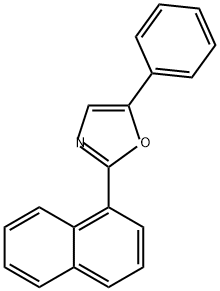
- Chemical Name:2-(1-NAPHTHYL)-5-PHENYLOXAZOLE
- CAS:846-63-9
- MF:C19H13NO
- Structure:
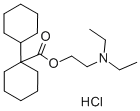
- Chemical Name:DICYCLOMINE HYDROCHLORIDE
- CAS:67-92-5
- MF:C19H36ClNO2
- Structure:
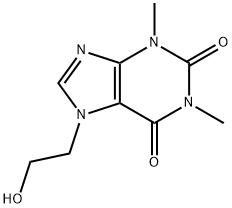
- Chemical Name:7-(2-HYDROXYETHYL)THEOPHYLLINE
- CAS:519-37-9
- MF:C9H12N4O3
- Structure:
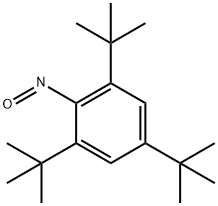
- Chemical Name:2,4,6-TRI-TERT-BUTYLNITROSOBENZENE
- CAS:24973-59-9
- MF:C18H29NO
- Structure:
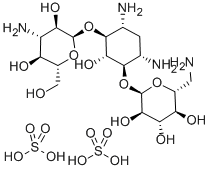
- Chemical Name:KANAMYCIN ACID SULFATE
- CAS:64013-70-3
- MF:C18H40N4O19S2
- Structure:

- Chemical Name:ETRIDIAZOLE
- CAS:2593-15-9
- MF:C5H5Cl3N2OS
- Structure:
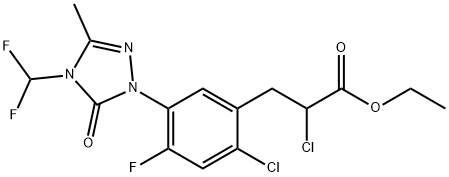
- Chemical Name:CARFENTRAZONE-ETHYL
- CAS:128639-02-1
- MF:C15H14Cl2F3N3O3
- Structure:
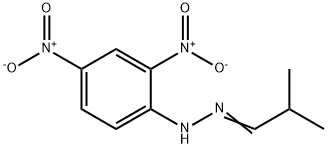
- Chemical Name:ISOBUTYRALDEHYDE 2,4-DINITROPHENYLHYDRAZONE
- CAS:2057-82-1
- MF:C10H12N4O4
- Structure:
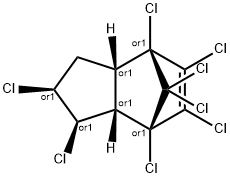
- Chemical Name:CIS-CHLORDANE
- CAS:5103-71-9
- MF:C10H6Cl8
- Structure:
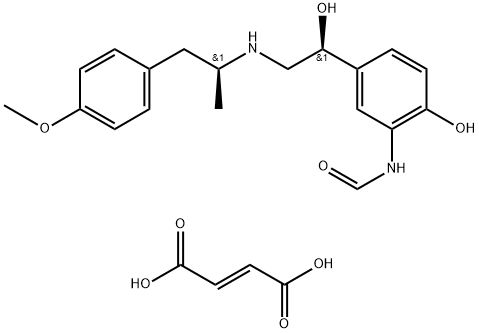
- Chemical Name:Formoterol fumarate dihydrate
- CAS:183814-30-4
- MF:C23H28N2O8
- Structure:
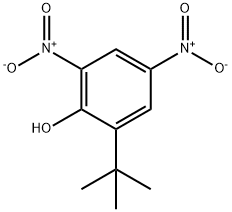
- Chemical Name:DINOTERB
- CAS:1420-07-1
- MF:C10H12N2O5
- Structure:
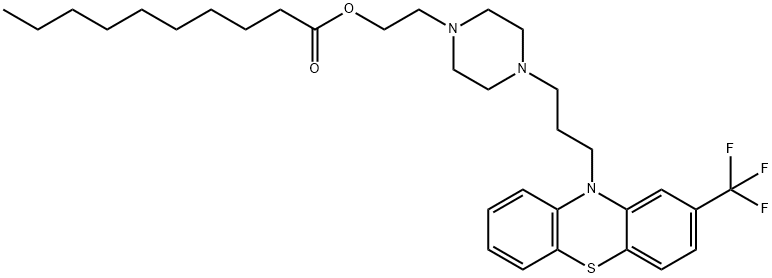
- Chemical Name:Fluphenazine decanoate
- CAS:5002-47-1
- MF:C32H44F3N3O2S
- Structure:
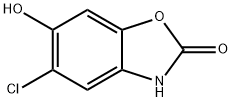
- Chemical Name:6-HYDROXYCHLORZOXAZONE
- CAS:1750-45-4
- MF:C7H4ClNO3
- Structure:
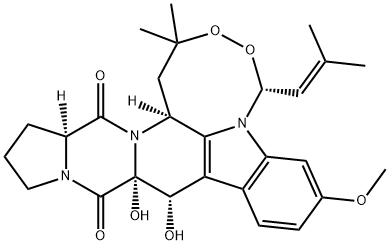
- Chemical Name:VERRUCULOGEN
- CAS:12771-72-1
- MF:C27H33N3O7
- Structure:

- Chemical Name:TRANS-NONACHLOR
- CAS:39765-80-5
- MF:C10H5Cl9
- Structure:
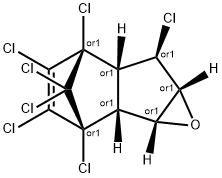
- Chemical Name:Heptachlor- endo- epoxide(trans-,isomer A)
- CAS:28044-83-9
- MF:C10H5Cl7O
- Structure:
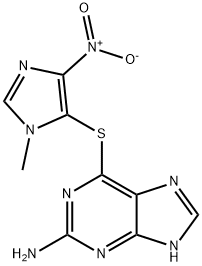
- Chemical Name:GUANERAN
- CAS:5581-52-2
- MF:C9H8N8O2S
- Structure:
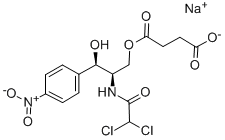
- Chemical Name:Chloramphenicol sodium succinate
- CAS:982-57-0
- MF:C15H15Cl2N2O8.Na
- Structure:
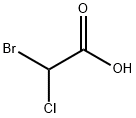
- Chemical Name:BROMOCHLOROACETIC ACID
- CAS:5589-96-8
- MF:C2H2BrClO2
- Structure:
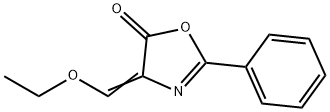
- Chemical Name:4-ETHOXYMETHYLENE-2-PHENYL-2-OXAZOLIN-5-ONE
- CAS:15646-46-5
- MF:C12H11NO3
- Structure:
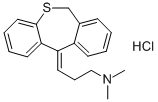
- Chemical Name:DOTHIEPIN HCL
- CAS:897-15-4
- MF:C19H22ClNS
- Structure:
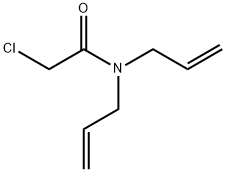
- Chemical Name:ALLIDOCHLOR
- CAS:93-71-0
- MF:C8H12ClNO
- Structure:
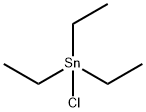
- Chemical Name:TRIETHYLTIN CHLORIDE
- CAS:994-31-0
- MF:C6H15ClSn
- Structure:
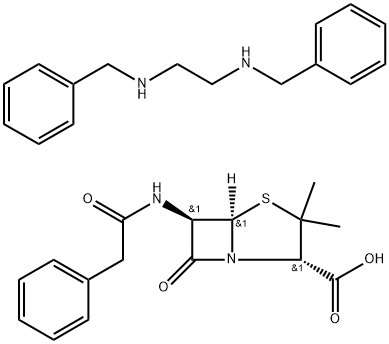
- Chemical Name:BENZATHINE PENICILLINE G TETRAHYDRATE
- CAS:41372-02-5
- MF:C32H38N4O4S
- Structure:
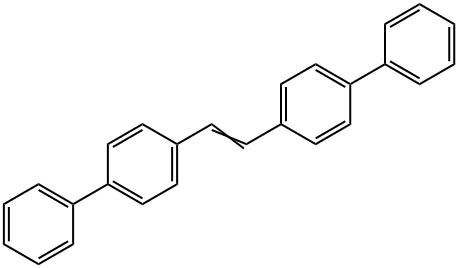
- Chemical Name:TRANS-4,4'-DIPHENYLSTILBENE
- CAS:2039-68-1
- MF:C26H20
- Structure:
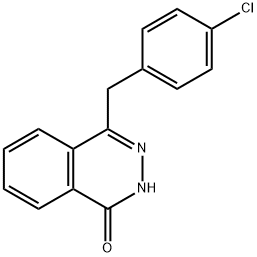
- Chemical Name:4-(4-Chloro-benzyl)-2H-phthalazin-1-one
- CAS:53242-88-9
- MF:C15H11ClN2O
- Structure:
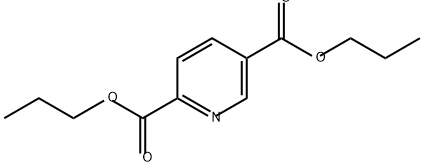
- Chemical Name:2,5-PYRIDINEDICARBOXYLIC ACID DI-N-PROPYL ESTER
- CAS:136-45-8
- MF:C13H17NO4
- Structure:
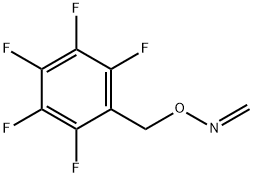
- Chemical Name:O-(2,3,4,5,6-PENTAFLUOROBENZYL)FORMALDOXIME
- CAS:86356-73-2
- MF:C8H4F5NO
- Structure:

- Chemical Name:3-HYDROXY-P-BUTYROPHENETIDINE
- CAS:1083-57-4
- MF:C12H17NO3
- Structure:

- Chemical Name:LINOELAIDIC ACID
- CAS:506-21-8
- MF:C18H32O2
- Structure:
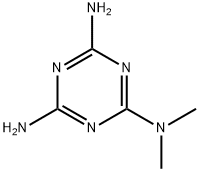
- Chemical Name:2,4-DIAMINO-6-DIMETHYLAMINO-1,3,5-TRIAZINE
- CAS:1985-46-2
- MF:C5H10N6
- Structure:

- Chemical Name:2,4,5-TRICHLOROTOLUENE
- CAS:6639-30-1
- MF:C7H5Cl3
- Structure:
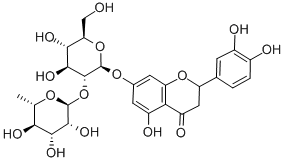
- Chemical Name:NEOERIOCITRIN
- CAS:13241-32-2
- MF:C27H32O15
- Structure:
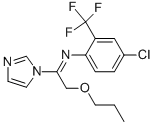
- Chemical Name:Triflumizole
- CAS:99387-89-0
- MF:C15H15ClF3N3O
- Structure:
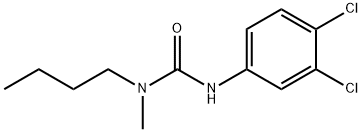
- Chemical Name:NEBURON
- CAS:555-37-3
- MF:C12H16Cl2N2O
- Structure:
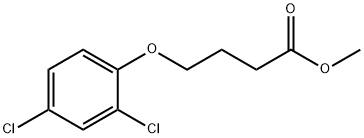
- Chemical Name:2,4-DB METHYL ESTER
- CAS:18625-12-2
- MF:C11H12Cl2O3
- Structure:

- Chemical Name:CAPTOPRIL DISULFIDE
- CAS:64806-05-9
- MF:C18H28N2O6S2
- Structure:

- Chemical Name:1-PHENYLPENTADECANE
- CAS:2131-18-2
- MF:C21H36
- Structure:

- Chemical Name:2-(Ethylamino)propiophenone hydrochloride
- CAS:51553-17-4
- MF:C11H16ClNO
- Structure:
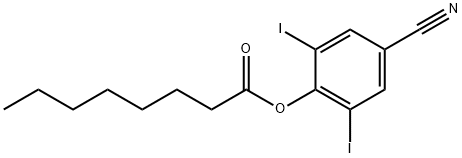
- Chemical Name:IOXYNIL OCTANOATE
- CAS:3861-47-0
- MF:C15H17I2NO2
- Structure:
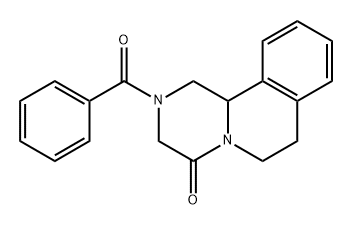
- Chemical Name:2-BENZYL-1,2,3,6,7,11B-HEXAHYDRO-4H-PYRAZION[2,1-A] ISOQUINOLINE-4-ONE
- CAS:54761-87-4
- MF:C19H18N2O2
- Structure:
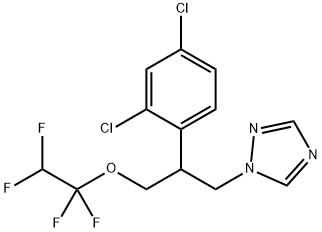
- Chemical Name:TETRACONAZOLE
- CAS:112281-77-3
- MF:C13H11Cl2F4N3O
- Structure:
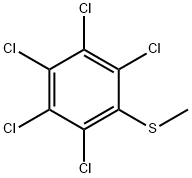
- Chemical Name:PENTACHLOROTHIOANISOLE
- CAS:1825-19-0
- MF:C7H3Cl5S
- Structure:
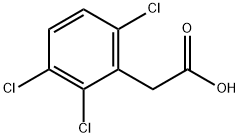
- Chemical Name:CHLORFENAC
- CAS:85-34-7
- MF:C8H5Cl3O2
- Structure:
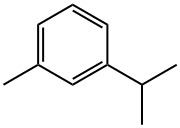
- Chemical Name:M-CYMENE
- CAS:535-77-3
- MF:C10H14
- Structure:
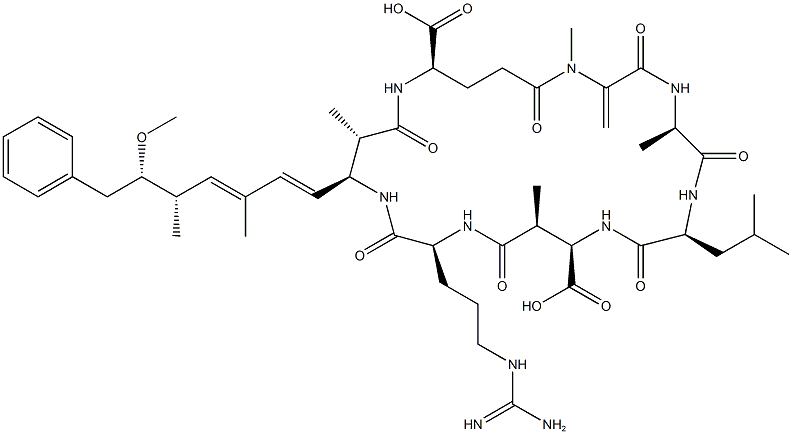
- Chemical Name:MICROCYSTIN-LR
- CAS:101043-37-2
- MF:C49H74N10O12
- Structure:
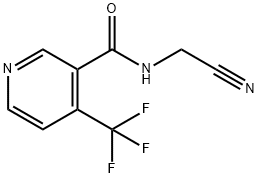
- Chemical Name:FLONICAMID
- CAS:158062-67-0
- MF:C9H6F3N3O
- Structure:
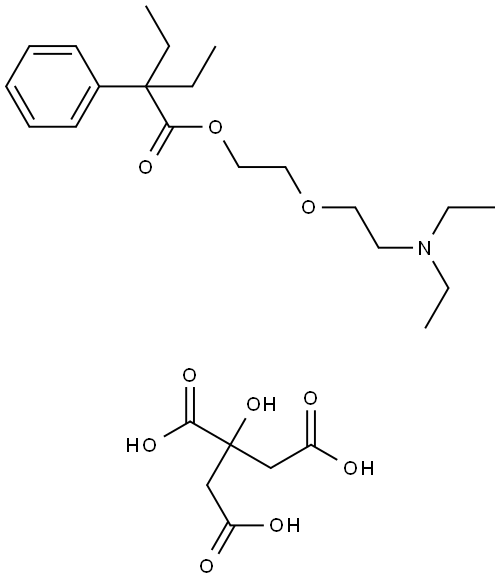
- Chemical Name:OXELADIN CITRATE
- CAS:52432-72-1
- MF:C20H33NO3.C6H8O7
- Structure:
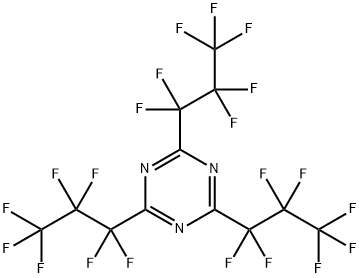
- Chemical Name:2,4,6-TRIS(HEPTAFLUOROPROPYL)-1,3,5-TRIAZINE
- CAS:915-76-4
- MF:C12F21N3
- Structure:
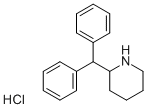
- Chemical Name:2-Diphenylmethylpiperidine hydrochloride
- CAS:5807-81-8
- MF:C18H22ClN